Ballet star on life as a maturing virtuoso
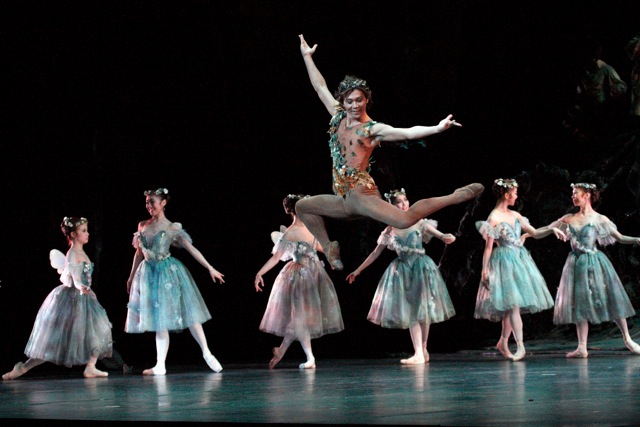
Japanese ballet star Tetsuya “Teddy” Kumakawa, a jury member at this year’s Prix de Lausanne ballet competition, talks to swissinfo.ch about the importance of the Prix de Lausanne, male dancers and a dancer’s life after 40.
The lead dancer and director of the Tokyo-based K-Ballet Company is volunteering as a jury member for the second time. He won the Gold Medal at the Prix de Lausanne in 1989.
swissinfo: What is the significance of this competition?
Tetsuya Kumakawa: It’s very special. For young students this competition means a lot to them as it can open new doors for their career.
I was at the Royal Ballet School the year before I won the [Prix de Lausanne] gold medal in 1989, but my reputation spread thanks to this place. It really means a lot to me.
Discovering new talent is always a hard thing to do. I want to give something back to the competition that introduced me. I want to repay what I gained. I’m very happy to be here as a volunteer and if there’s anything I can do to help the young generation, as a senior member, I will. It’s as simple as that.
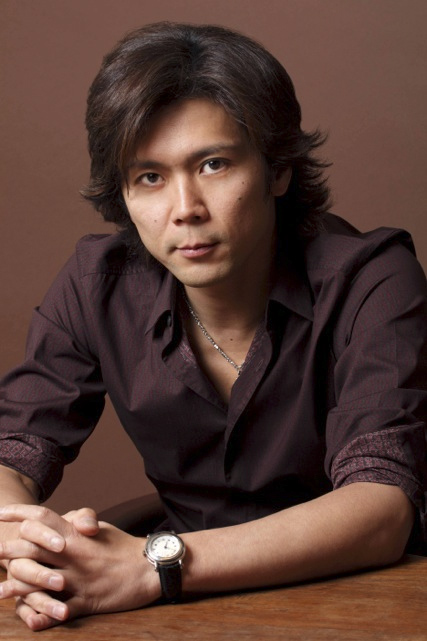
swissinfo: What will you be looking for as a jury member?
T.K.: We are looking at how students work, at their potential and ability, and we look much more deeply inside each candidate.
For the students it’s all about confidence and not being swallowed up by the pressures. They’ve probably trained for this competition all year.
It’s a long process over five days, as in normal competitions you get up on stage looking pretty wearing a costume and make-up and you just do a one-off performance. Here you are in a studio and are constantly being watched by judges to see how you work and if you can withstand the pressure.
swissinfo: When we see videos of you dancing in productions like Don Quixote your graceful, high leaps appear to defy gravity and you maintain incredible balance during endless spins. What sort of idealized movements or emotions are you trying to convey when you dance classical ballet?
T.K.: The music is very important. You have to instantly react to the music. You take the music into your body and digest it and sort of communicate it through movement. You have to really create passion within yourself to react to the music – you’ve got to love it.
When you are young you tend to focus on how to jump and turn but it’s a growing process. Once your body is mature you look for different things. At my age, technique is no longer so attractive. I’m more interested in the lines or how to show emotion through the music.
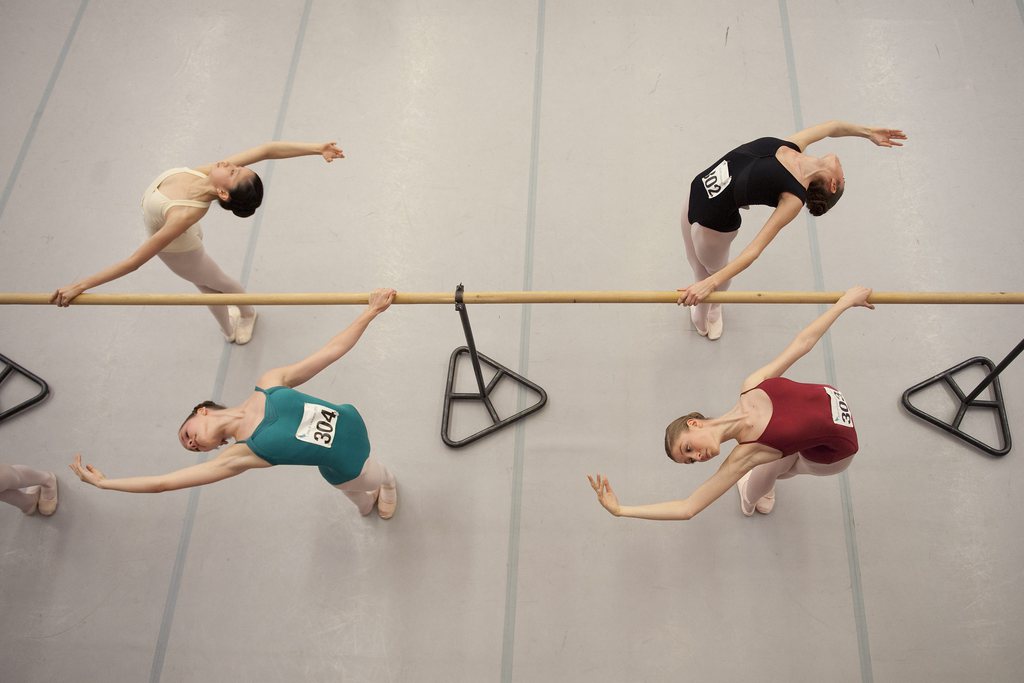
More
Ballet competition given mixed marks
swissinfo: Is this the same in contemporary dance?
T.K.: I’ve always been a classical dancer. In contemporary dance you have to be a good philosopher. You have to be very into yourself. You have to be able to shut yourself off from what you see. There is more deep meaning. As classical has been passed on for years, there is a very iconic style, which is not the case in contemporary. It’s a totally different approach.
swissinfo: The number of male candidates in the Prix de Lausanne is increasing. Does this reflect a growing interest for male dancers?
T.K.: The history of ballet has always been a ballerina thing. But ever since the legendary dancer Nijinsky, male dancers have also been attractive. I think from the beauty aspect, there is no difference between male and female dancers.
Male dancers athletically have more dynamic steps, which have an instant impact on audiences and people who want to become heroic dancers. But for female dancers, the beauty of the style, the deep and emotional appearance, are more developed than for the men.
I think female ballerinas reach that point of maturity earlier than men. As a young male dancer technique is more attractive…you are full of energy that just needs to be expressed. That’s the passion of being a male dancer.
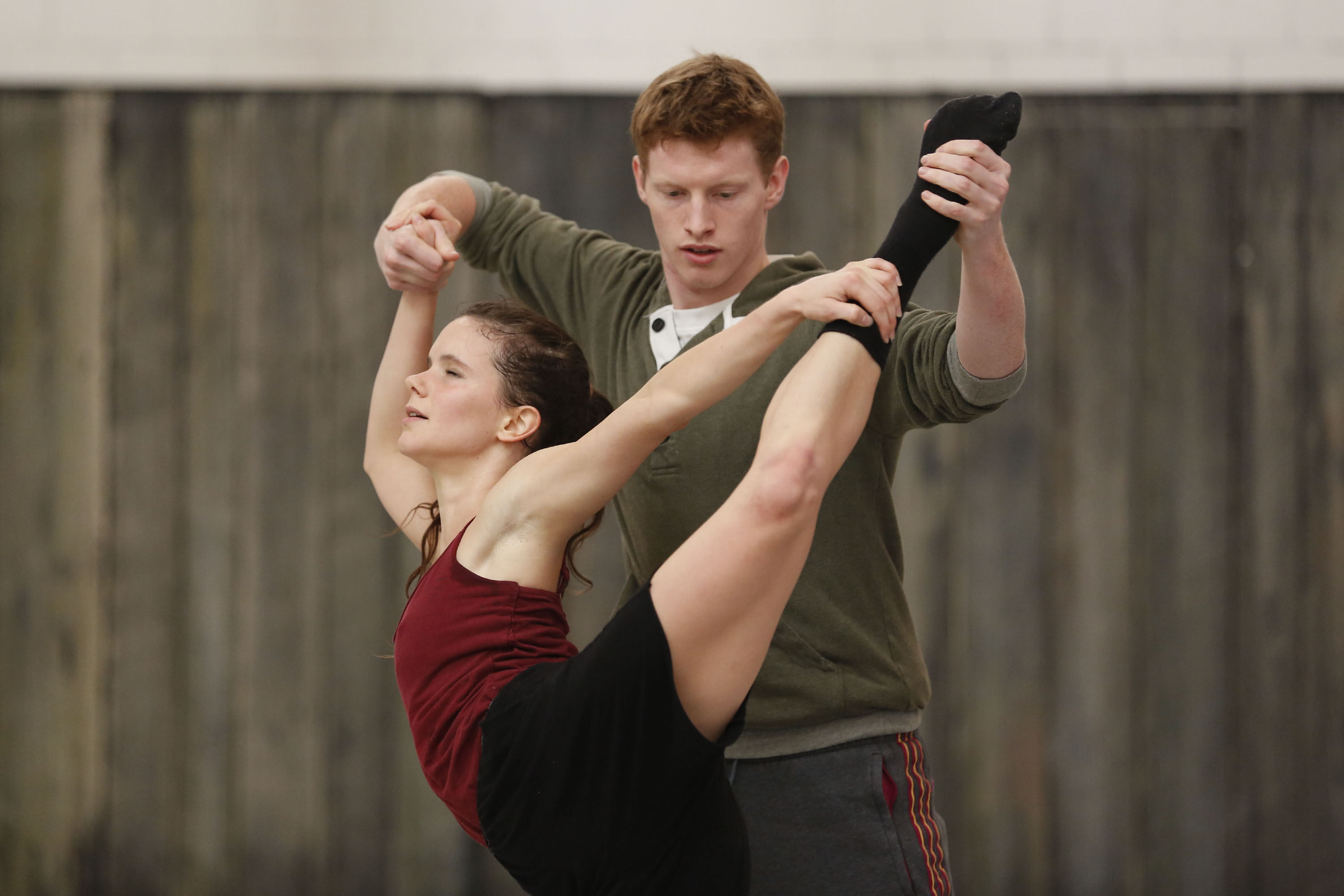
More
Paralysed dancer now back on stage in Bern
swissinfo: How have classical male dancing styles evolved since you won the gold medal in 1989?
T.K.: Civilization has improved so much thanks to YouTube; everyone can see what everyone else is doing. Today everyone copies everyone and shares techniques (laughs).
But technique is not the main objective as it used to be. In my day technique was everything. When I was a little child I had to do research to find a great video of Rudolf Nureyev or Mikhail Baryshnikov and buy it with my pocket money to try to be like them.
Today people can share technique instantly. In a way today’s male dancers therefore become technically more mature earlier than in my time. For them technique is not everything. Nowadays they are looking beyond for nice dancing lines and shapes; I think that’s a good new trend.
swissinfo: You are the principal dancer and director of the K-Ballet Company in Tokyo. Last year you turned 40. Do see yourself continuing to dance for many more years?
T.K.: You have to be aware of your physical limits. At my age you can’t move around like when you were young. But I have become more mature as a dancer.
I approach it in a different way. I appreciate more the music and the dancing with the ballerinas and the rest of the company. I constantly modify the classical pieces in my own way; I try to make the story less complicated so that it’s easily understandable but adding more movements than dancers in the past.
There are so many different ways of dancing and expressing yourself on stage, so if I find a repertoire for my age, then I’ll stay on the stage.
But if people expect me to do the same things I was doing in my teens and twenties, personally I don’t find that attractive.
The K-Ballet Company is a very special company. I have become a star of this private company and I have to continue to dance and sell tickets as the main dancer for as long as I can.
The 41st Prix de Lausanne international ballet competition is taking place in the Vaud capital from January 27 to February 2, 2013. Some 75 15-to-18-year-olds (38 girls and 37 boys) from ballet schools on all continents are taking part in the competition.
The Prix de Lausanne is different from other competitions as it rewards potential rather than present accomplishment. For this reason, the judges sit in on classes and practices during the week, to help them select the finalists. In all, 20 candidates are selected for the final, dancing two variations – one classical and one specially devised contemporary.
Winners receive scholarships to join renowned partner ballet schools or gain an apprenticeship to companies. This can act as a springboard for an international career. Big-name winners of the past include the Royal Ballet’s Carlos Acosta and Alina Cojocaru.
Tetsuya “Teddy” Kumakawa was born in Hokkaido, Japan in 1972.
He began studying ballet at the age of 10 and entered the Royal Ballet School at 15.
In 1989 he won the Gold Medal at the Prix de Lausanne. The same year he joined the Royal Ballet Company becoming the youngest soloist in their history. 1n 1993 he became principal dancer at the Royal Ballet.
In 1998 he retired from the Royal Ballet and the following year created his own company “K-Ballet company” in Japan, taking with him several Royal Ballet dancers. He set up the K-Ballet School for young dancers in 2003.
1n 2006, he won the “fifth Asahi Scenic Art Prize” for his artistic and original interpretation and presentation of the classical pieces “Don Quixote” and “The Nutcracker”
Kumakawa continues to dance both domestically and internationally as well as producing, directing and choreographing.
He has been a member of the Prix de Lausanne jury on two occasions.

In compliance with the JTI standards
More: SWI swissinfo.ch certified by the Journalism Trust Initiative

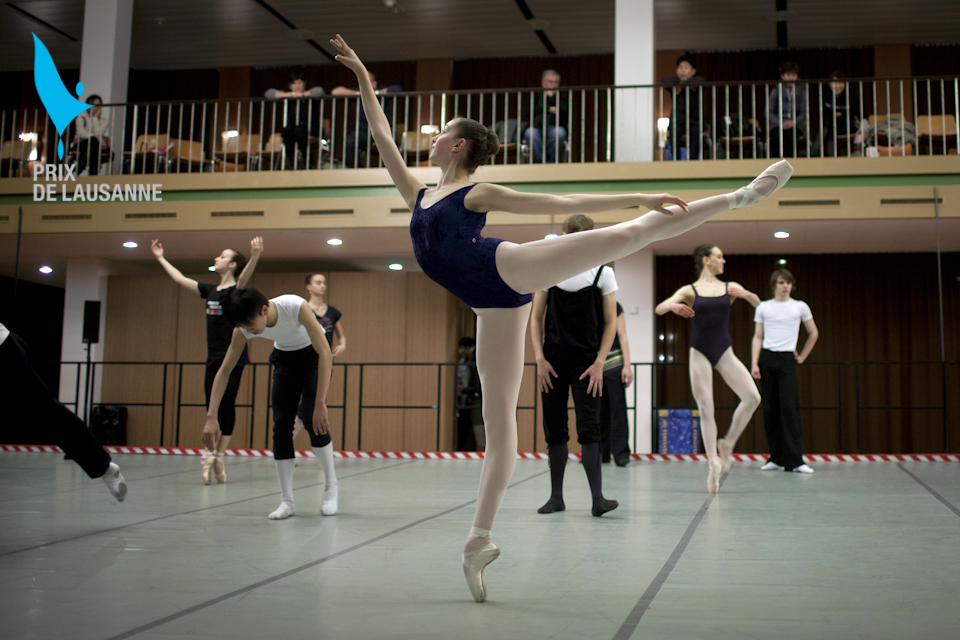
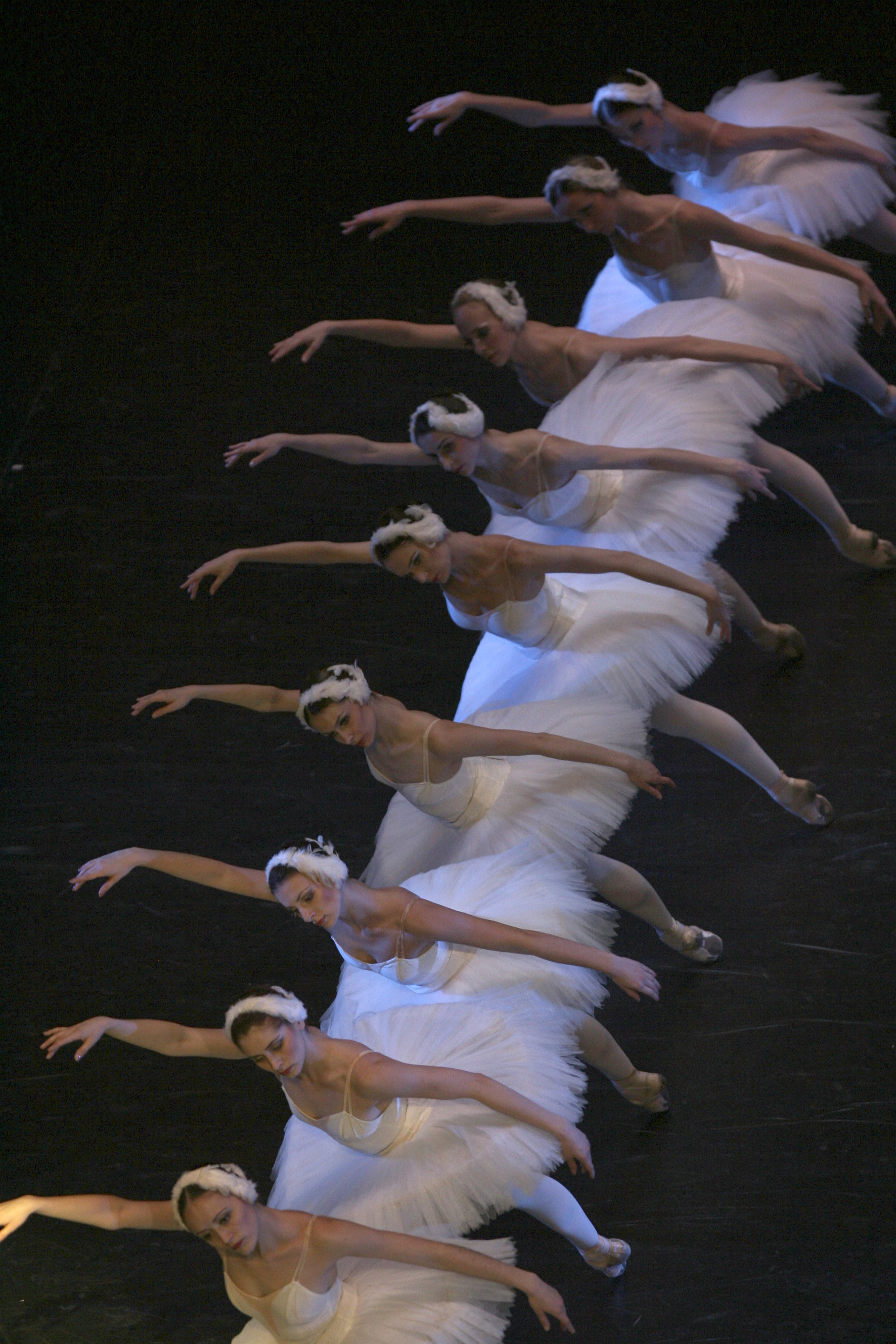
You can find an overview of ongoing debates with our journalists here. Please join us!
If you want to start a conversation about a topic raised in this article or want to report factual errors, email us at english@swissinfo.ch.